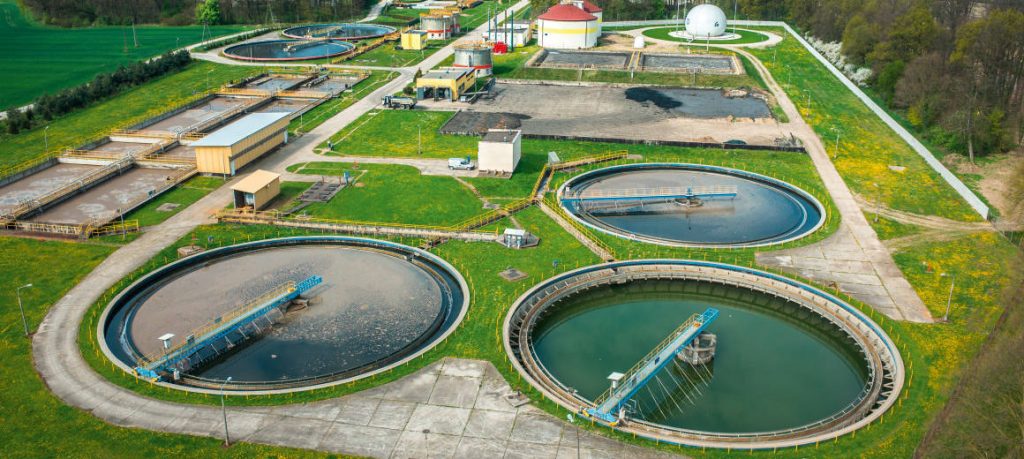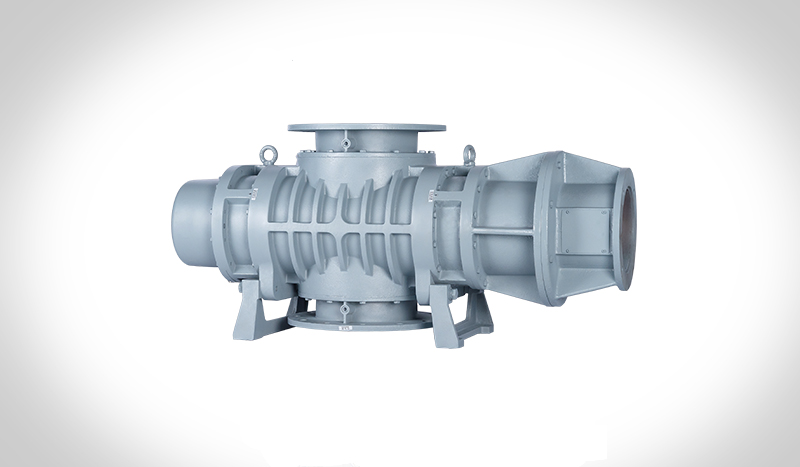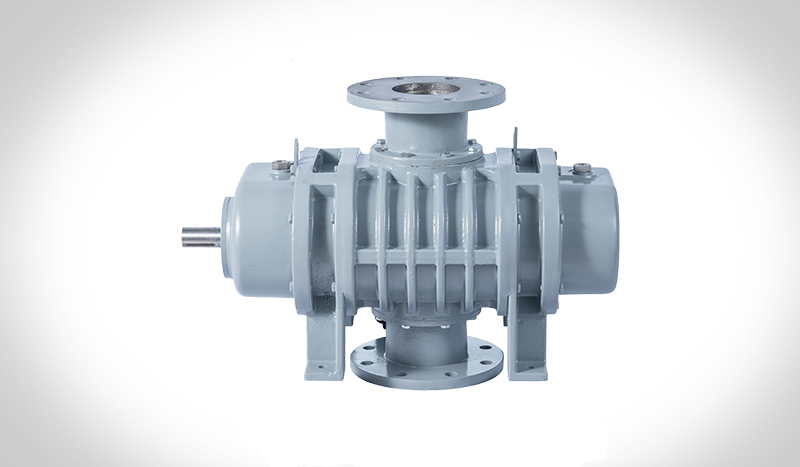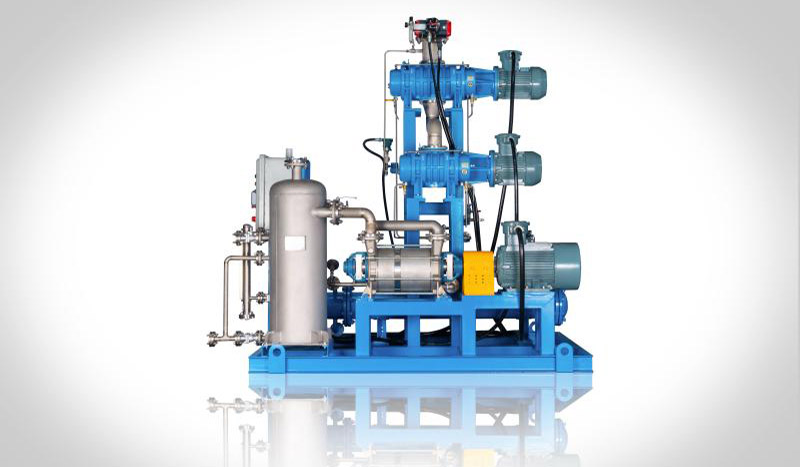Blog
Roots Blower for Aeration(Wastewater Treatment Plant Pump)
Aeration refers to the process of forcibly transferring oxygen from the air to a liquid in order to obtain sufficient dissolved oxygen. In addition, aeration also has the purpose of preventing suspended solids in the pool from sinking and enhancing the contact between organic matter, microorganisms and dissolved oxygen in the pool. This ensures that the microorganisms in the pool can oxidize and decompose organic matter in the wastewater under the condition of sufficient dissolved oxygen.
Aeration is mainly used in the following two areas:
(1) Wastewater treatment aeration.
(2) Aquaculture aeration,
Regarding the above two aeration application fields, we will conduct targeted analysis and explanation below in order to understand the application and principles of blower products in the aeration field as well as points of attention in a simpler and more efficient way;

(1) Roots blower for wastewater treatment aeration
In the wastewater treatment activated sludge process, an aeration blower with appropriate air volume and pressure is used to continuously and forcefully add air to the wastewater, so that the water in the pool is in contact with the air for oxygenation, and the liquid is stirred to accelerate the oxygen in the air to the liquid. The aeration blower used in water treatment is called a wastewater treatment blower.
The important function of the wastewater treatment aeration blower is to provide oxygen to the wastewater treatment aeration tank. In water treatment, the Roots blower mainly aerates the water to increase the oxygen content in the water. It first removes oxidizable precipitated substances. Its function is to increase the oxygen content, aerate, and fully contact the water and air to exchange gaseous substances and water treatment method to remove volatile substances in water, allowing gas to escape from water, such as removing the odor of water or harmful gases such as carbon dioxide and hydrogen sulfide; or dissolving oxygen into water to increase the concentration of dissolved oxygen to achieve iron and iron removal. Manganese may promote the degradation of organic matter by aerobic microorganisms. The function of wastewater treatment is to use air inlet and blast through the bottom air duct to aerate and lift the bottom sediment, and then discharge it through the wastewater pump. The microorganisms in the wastewater are oxidized and then achieve the purpose of clear wastewater.

Water treatment blowers basically fall into the following two categories:
- Positive displacement type blower: rotary blower, Roots blower
- Centrifugal blower: vortex blower, multi-stage centrifugal blower, single-stage high-speed centrifugal blower, water ring blower
Several points to note when selecting water treatment blowers
- Applicability of water treatment blowers: When the wastewatertreatment system is newly opened, the system pressure is basically within the design range. With the extension of use time, factors such as blockage of aeration holes, corrosion of valves and pipes, etc., will cause the resistance of the entire system. Increase. At this point, the positive displacement blower is obviously better than the centrifugal blower, because the flow rate of the positive displacement blower is a hard characteristic. When the external system resistance increases, its outlet pressure also increases, thereby discharging the gas while the flow rate is almost constant. (As long as the blower strength and motor power are sufficient); since the pressure of the centrifugal blower is a hard characteristic, the air volume decreases with the increase of resistance. When the resistance increases to a certain pressure, aeration will not be possible.
- Water treatmentblowers need to save energy: In the entire wastewater treatment project, the energy consumed by the water treatment blowers accounts for more than half of the energy consumed by the entire system, so the selection of the blower is particularly important.
- Water treatment blowersneed to be low-noise:wastewater treatment is to protect the environment, and wastewater treatment cannot bring secondary pollution to the environment. Therefore, when using water treatment blowers, the noise of the water treatment blowers must be carefully considered.
(2) Roots blower for aquaculture aeration
The Roots blower for aquaculture aeration uses an oxygen-enhancing aeration blower as the main body to release tiny bubbles of compressed air through an air diffusion device arranged in the aquaculture water body. The small bubbles transfer mass with the water during the rising process, so that the oxygen It slowly dissolves into the water body and becomes an oxygenating device that dissolves oxygen to meet the oxygen demand of water products. It brings oxygenation technology features to aquaculture:
- Efficient dissolved oxygen: Due to the bubbles generated by ultra-fine pore aeration, the contact surface with water in the water body is extremely large, the floating flow rate is low, and the contact time is long, so the mass transfer efficiency of oxygen is extremely high.
- Activating water bodies: Aquaculture blowers are equipped with microporous aeration and oxygenation devices. Sufficient dissolved oxygen enables the water body to establish a natural ecosystem and make the water come alive.
- Enhance water purification function: The microporous aeration oxygenation provided by aquaculture blowers is bottom oxygenation, while other oxygenation is surface oxygenation. The aquaculture water body is mainly due to lack of oxygen at the bottom of the water body, and the fertilizer mud and organic excrement deposited at the bottom of the water body are Refractory organic matter such as residual spoiled bait will consume a large amount of oxygen. Sufficient micropore aeration will increase oxygen and convert it into organic matter dissolved and decomposed by microorganisms, so that the self-purification function of the water body can be restored and strengthened.
- Ultra-low energy consumption: Due to the centralized oxygen supply of aquaculture blowers and the use of microporous aeration and oxygenation devices, the mass transfer efficiency of oxygen is extremely high, allowing the dissolved oxygen per unit water body to quickly reach more than 4.5mg/L, which is less than that of a water tanker. Or a quarter of the energy consumption of impeller oxygenation can greatly save farmers’ electricity costs.
- Realize ecological breeding and improve breeding efficiency: Continuous oxygenation by blowers provides sufficient dissolved oxygen to the water body, and the self-purification ability of the water body is restored and improved. The bacterial phase and algae phase are naturally balanced to build the natural ecology of the water body and cultivate the population. The survivability has been steadily improved and the breeding efficiency has been fully guaranteed.
- Safety and environmental protection: The new aquaculture blowerhas the characteristics of oil-free, silent operation and is installed on the shore. It has good safety performance and will not bring any pollution to the water body. Other oxygenation methods work in the water and are prone to leakage and operation. The noise is very loud and potentially harmful to humans, fish and shrimp.
- Easy maintenance: The aquaculture bloweradopts a centralized oxygen supply device and an independent air diffusion device, making the entire device lightweight, durable, and easy to maintain.
- Silent – The aquaculture bloweris equipped with microporous tubes for micro-bubble oxygenation. The aquaculture bloweradopts unique design technology and operates silently. There is basically no sound on the water surface and has no impact on fish, shrimps and crabs. It is very good. It is suitable for the needs of some aquatic species that have relatively high noise requirements for breeding! Especially suitable for raising shrimps and crabs.
Conclusion
In summary, the Roots blower is the most widely used and mature fan in the field of aeration applications, how to choose a most suitable Roots blower according to the customer’s own application requirements and parameters for the application is very critical.
Contact Our Support Team



